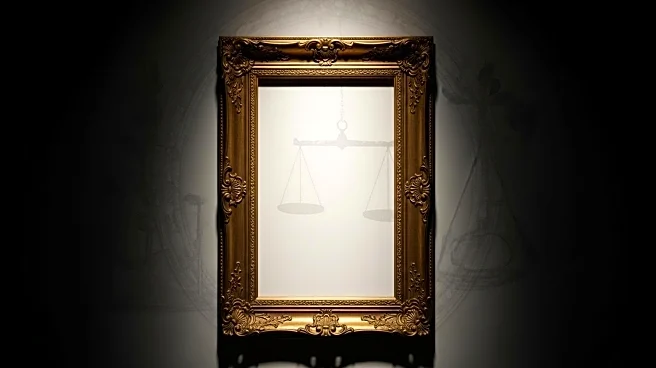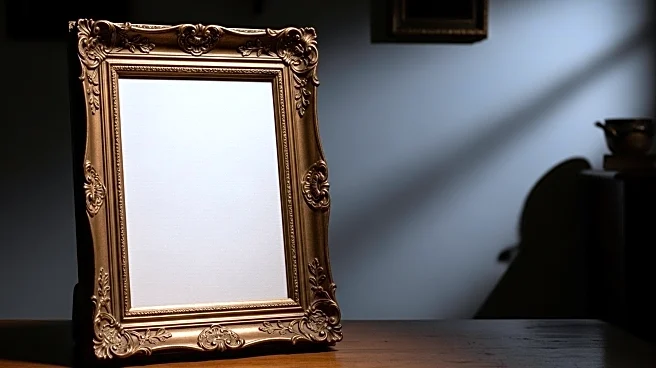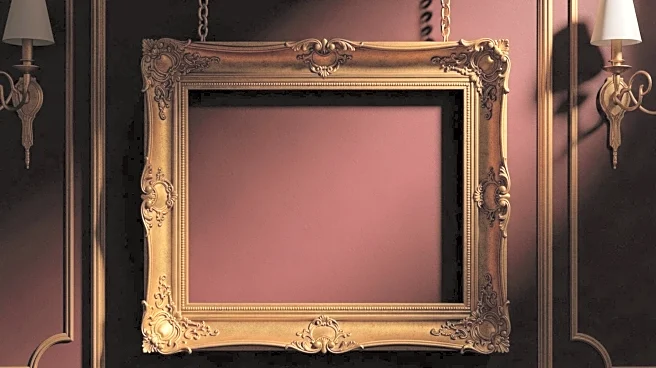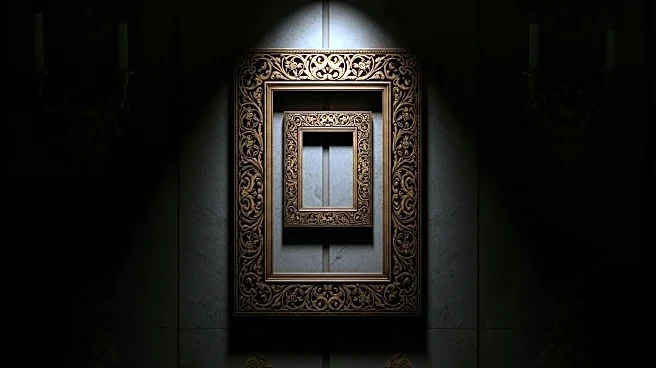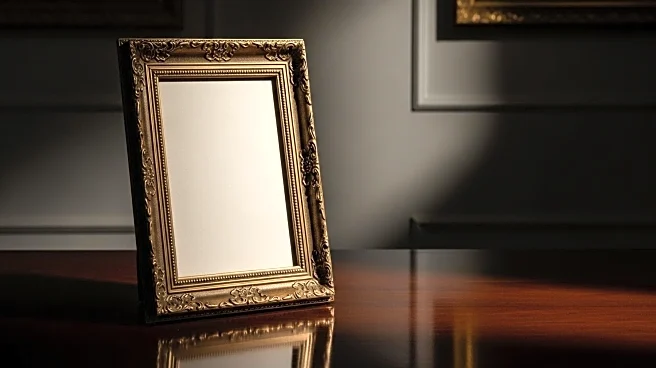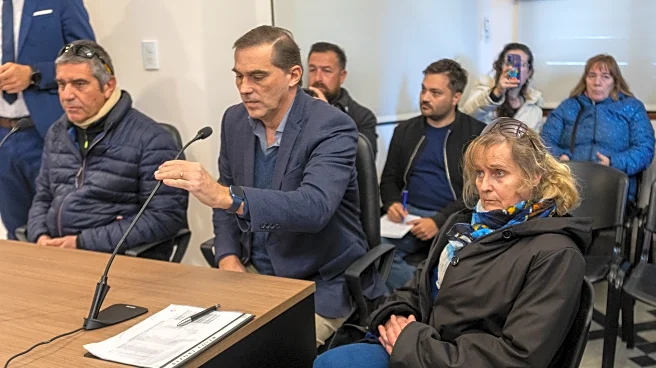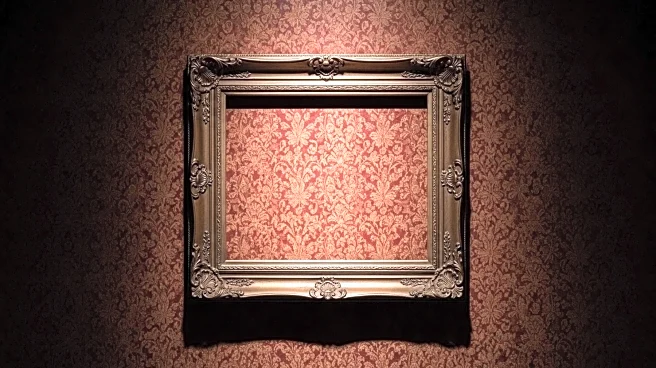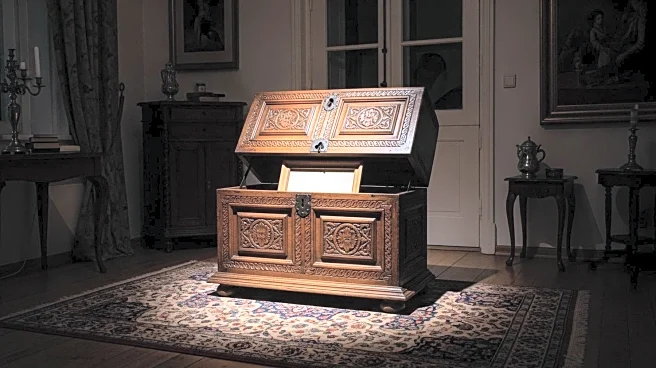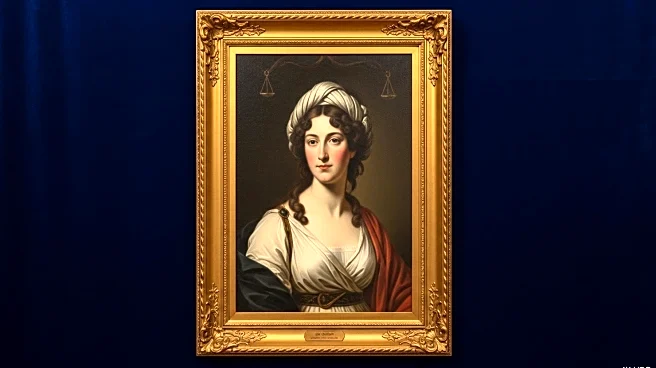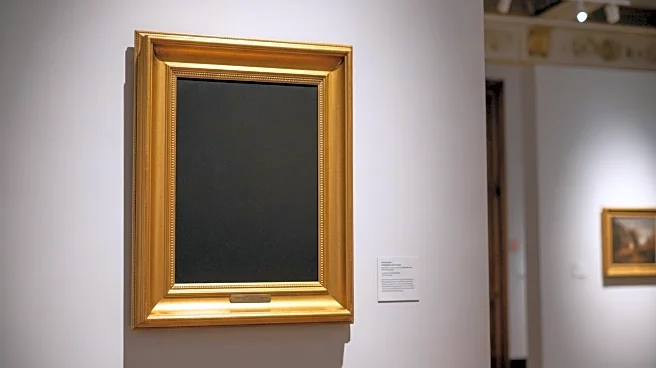What's Happening?
An 18th-century portrait, 'Portrait of a Lady' by Giuseppe Ghislandi, stolen by the Nazis during World War II, has been recovered in Argentina. The painting was discovered when Patricia Kadgien, daughter of a former Nazi official, listed her house for sale in Mar del Plata. Dutch journalists identified the painting from online photographs of the property. Kadgien and her husband, Juan Carlos Cortegoso, have been charged with aggravated concealment for allegedly hiding the artwork. The painting was originally owned by Jacques Goudstikker, a Jewish-Dutch art dealer who fled the Nazis. The recovery has sparked international interest and legal proceedings, with the painting's ultimate ownership yet to be determined.
Why It's Important?
The recovery of the painting highlights ongoing efforts to address art thefts committed during the Nazi era, a significant aspect of cultural restitution. It underscores the challenges in reclaiming stolen art and the legal complexities involved in determining rightful ownership. The case also illustrates the broader issue of Nazi-looted art still unaccounted for, impacting descendants of original owners and cultural institutions. The involvement of international media and legal systems in this recovery reflects the global commitment to rectifying historical injustices and preserving cultural heritage.
What's Next?
Legal proceedings are underway to determine the rightful ownership of the painting. Prosecutors have requested that the artwork be held at the Holocaust Museum in Buenos Aires while its ownership is resolved. Marei von Saher, Goudstikker's heir, has lodged a legal claim with the FBI in New York. The case may lead to further investigations into other artworks potentially looted by the Nazis, as police have seized additional items from the Kadgien family properties. The outcome could set precedents for future restitution cases involving Nazi-looted art.
Beyond the Headlines
The case raises ethical questions about the responsibility of descendants of individuals involved in Nazi crimes. It also highlights the ongoing impact of historical injustices on present-day legal and cultural landscapes. The recovery of the painting may prompt renewed efforts to locate and return other stolen artworks, contributing to the broader movement for cultural restitution and reconciliation.
